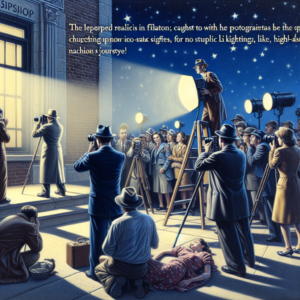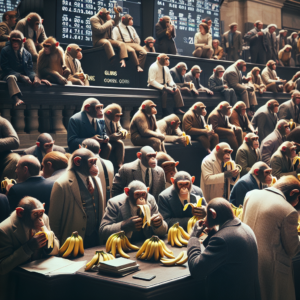Content:
The laws of physics and time have been unconfined, releasing a myriad of soft clocks that disrupt our chronological perception.
In a fantastical occurrence that defies logic, clocks around the world have suddenly transformed into soft, flexible objects, challenging the shared perception of the linearity of time. These soft clocks, strongly reminiscent of Salvador Dali’s famous work, “The Persistence of Memory,” have now become the norm and have created a global phenomenon of time displacement.
For most people, this synchronized transformation of time has led to some confusion. Clocks, once objects of precision and rigor, are now changing and fluid entities. Many witnesses report that their perception of time has warped, with days seeming to last weeks or minutes stretching into hours.
“I was in the middle of a business meeting when my elegant desk clock transformed into a mass of soft metal dangling over the edge of my desk,” recounts Mr. Lucid Dreamer, a CEO of a large company. “And then, suddenly, time distorted. My 30-minute meeting felt like it lasted an eternity, and I can now literally see time slipping through my fingers.”
As for why and how this phenomenon is occurring, experts are perplexed. Some theorize that it may be an anomaly in the very fabric of our reality, while others suggest that our collective perception of time could be influenced by unknown forces. The only certain thing is that time, as we once knew it, has changed.
The famous imaginary physicist, Dr. Abstractnotion, has weighed in on the subject: “We have long treated time as a constant, something immutable and defined. But this sumptuously surreal transformation shows that our conception of time may be more malleable than we ever imagined. Or perhaps reality itself is playing a prank on us with an absurdity so sublime that even Dali would have turned green with envy.”







Be First to Comment